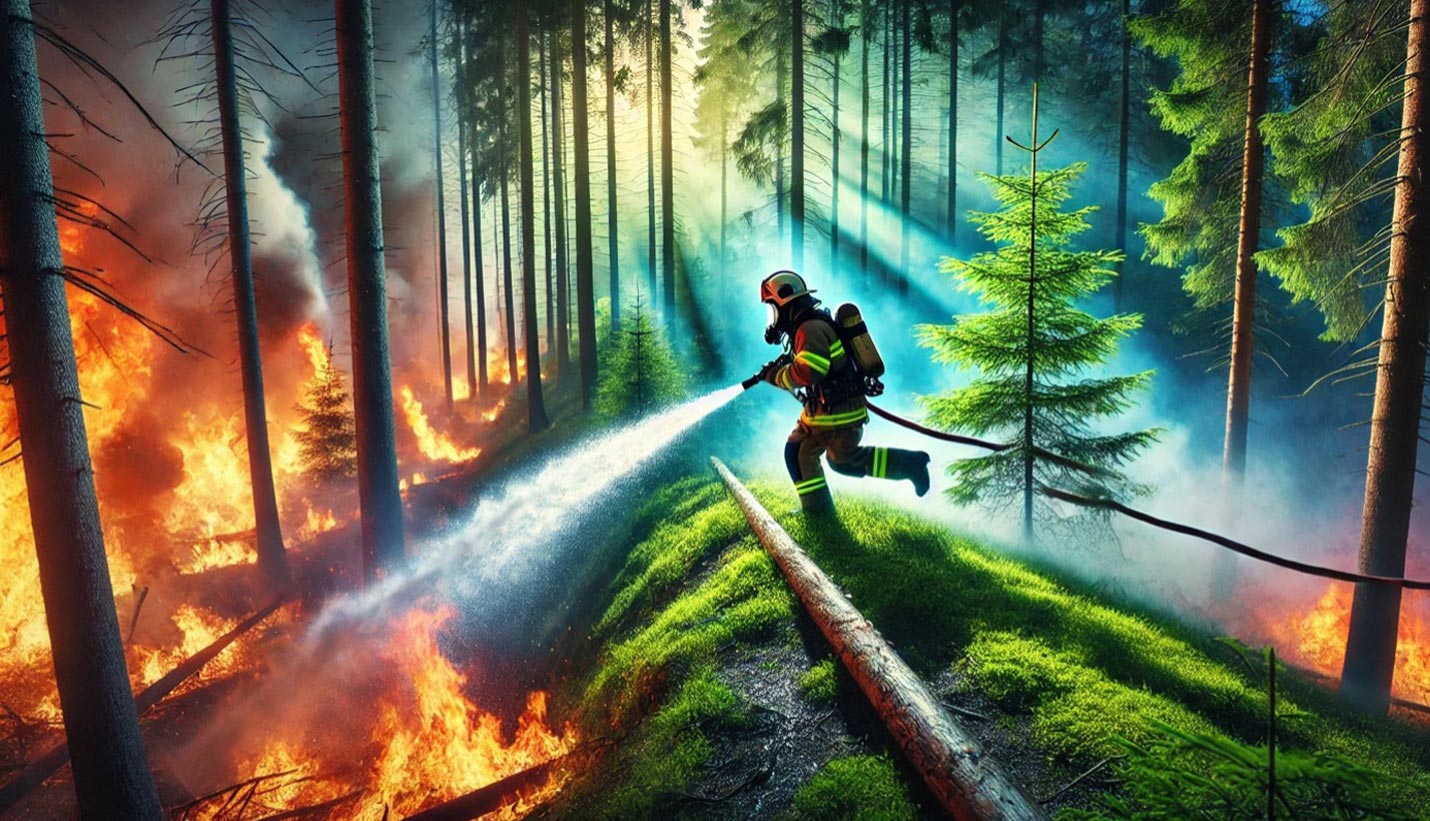The Role of Disaster and Emergency Communication Systems in Major Catastrophes
In the past week, Turkey has witnessed some of the largest fires in its history. These fires, particularly affecting the Mediterranean and Aegean regions, have threatened both natural habitats and residential areas. In such major disasters, establishing fast and effective communication is of critical importance. Disaster and Emergency Communication Systems play a crucial role in this context. But how exactly do these systems work, and why are they so important?
Communication Saves Lives
In large-scale disasters like fires, communication plays a vital role in quickly bringing the situation under control and minimizing loss of life. Firefighting teams, healthcare providers, security forces, and other emergency response teams must coordinate effectively on the ground. At this point, traditional communication tools can become insufficient. Mobile phones and regular radio systems can become overloaded or completely unusable if the infrastructure is damaged.
Disaster and Emergency Communication Systems come into play in such situations. Advanced communication systems like ProPTT2 and Hytera are designed to provide uninterrupted and reliable communication in disaster areas. These systems ensure that teams on the ground stay continuously connected, make quick decisions, and maintain high-level coordination.
Mobile Radio Communication with ProPTT2
ProPTT2 is one of the mobile radio communication systems that play a critical role in disasters and emergencies. This system allows teams on the ground to communicate seamlessly with each other through mobile phones, tablets, and other smart devices. Its wide coverage area and high data transfer speed enable instant communication among emergency teams. Additionally, ProPTT2’s instant messaging, video, and voice call features allow teams on the ground to share information quickly and effectively.
In major disasters like fires, continuous communication between firefighting teams and the command center is crucial to preventing the spread of the fire and minimizing casualties. ProPTT2 stands out in such situations by providing high-quality communication services.
Wide-Area Communication with Hytera
Hytera is a globally recognized and trusted radio communication system. It is known for providing effective communication over large areas, especially in disasters and emergencies. Hytera’s DMR (Digital Mobile Radio) technology offers wide coverage in large-scale disasters like fires, enabling teams on the ground to communicate seamlessly with each other.
Hytera allows firefighting teams, healthcare providers, and security forces to work simultaneously and in coordination. Every second counts in emergencies like fires. The fast and reliable communication provided by Hytera plays a vital role in these situations. Particularly in forested areas where access is difficult and fires spread rapidly, Hytera radios allow teams to stay in constant communication and respond immediately.
Coordination and Communication: The Key to Success
One of the most important elements of disaster management is ensuring effective coordination. The foundation of this coordination is communication. Disaster and Emergency Communication Systems enable seamless communication, allowing teams on the ground to access the right information in a timely manner and quickly carry out necessary interventions.
In large-scale disasters like fires, many different teams work on the ground simultaneously. Firefighters, healthcare teams, police, gendarmerie, and volunteer teams operate at different points of the fire. To ensure that all these teams act with the same information simultaneously, communication between them must be continuous and fast. Systems like ProPTT2 and Hytera use the most advanced technologies to provide this communication. Their wide coverage, high sound and data quality make these systems indispensable in disaster and emergency management.
The Durability of Communication Infrastructure
In disasters like fires, the communication infrastructure is also at great risk. Cables can burn, base stations can be damaged, which can interrupt communication. However, Disaster and Emergency Communication Systems are designed to be resilient to such situations. Systems like ProPTT2 and Hytera offer devices that can operate independently and communicate on different frequencies, ensuring that communication is not interrupted even if the infrastructure is damaged.
These systems also allow the communication infrastructure to be quickly re-established and made operational during a disaster. Mobile base stations and portable radio units are particularly crucial in major disasters like fires.
Conclusion
The major fires that have occurred in the past week have once again highlighted the importance of disaster and emergency communication. Disaster and Emergency Communication Systems help minimize loss of life and property by ensuring coordination among teams on the ground. Advanced communication systems like ProPTT2 and Hytera make it easier for response teams to work in major disasters by providing uninterrupted, fast, and reliable communication, thereby reducing the impact of catastrophes. Therefore, the use of such communication systems in disaster management strategies is seen as the key to success.
This article highlights the critical role of Disaster and Emergency Communication Systems in major catastrophes and explains how these systems work and why they are so important. Solutions like ProPTT2 and Hytera provide life-saving communication in large-scale disasters.



